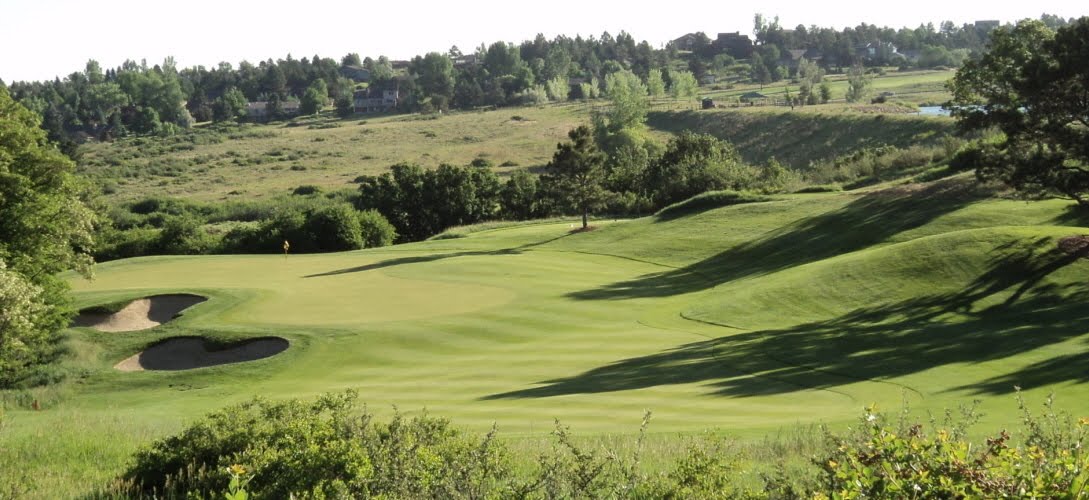 Is it really July? Over the last few days you would think it was May with temperatures only reaching into upper 60's and rainy. This July is definitely one for the books. We have had high temperatures in the 90's and so called high temperatures in the upper 60's with some lows dipping in to the high 40's. We have also had some extreme thunder storms, hail, wind and tornado sightings. July is typically our hottest month of the entire year. I guess our current weather pattern is holding, cool and rainy for now but we will see what August brings. If this weather pattern continues this July could go down a one of the coolest July's in Denver History. How about that July 2008 was the 3rd hottest and 3rd driest July in Denver History.
Is it really July? Over the last few days you would think it was May with temperatures only reaching into upper 60's and rainy. This July is definitely one for the books. We have had high temperatures in the 90's and so called high temperatures in the upper 60's with some lows dipping in to the high 40's. We have also had some extreme thunder storms, hail, wind and tornado sightings. July is typically our hottest month of the entire year. I guess our current weather pattern is holding, cool and rainy for now but we will see what August brings. If this weather pattern continues this July could go down a one of the coolest July's in Denver History. How about that July 2008 was the 3rd hottest and 3rd driest July in Denver History.Here are some averages and records for Denver for July.
- Average High 88
- Average Low 59
- Average rain fall 2.2 inches
- Record rain fall 6.4 inches
- Rain fall July 2009 3.52 inches
- Driest July .01 inches
- Record High 104 in 1931
- Record Low 36 in 1939


 Hand watering with wetting agents
Hand watering with wetting agents






 Greens roller heads up close
Greens roller heads up close
